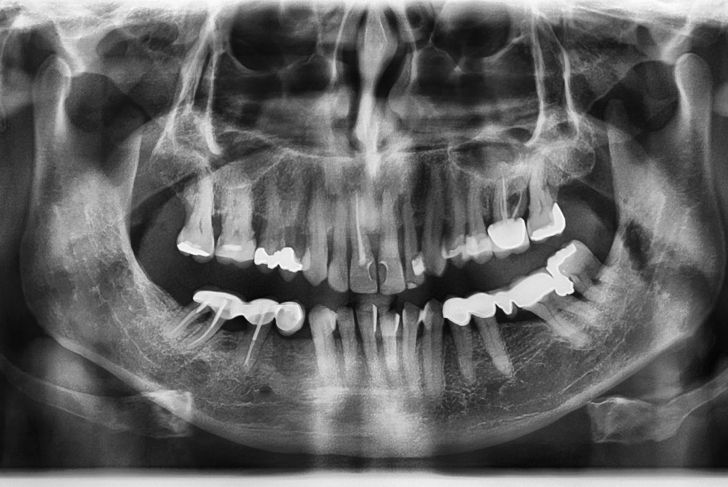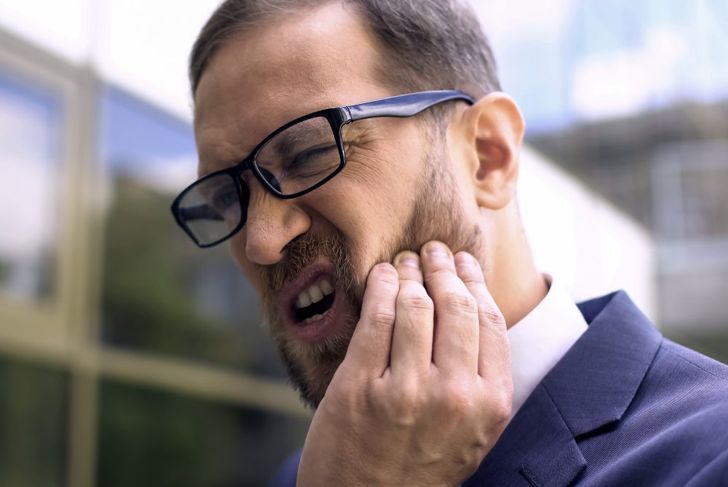One of the most dreaded dental procedures people face is a root canal or endodontic treatment. Dentists perform around 25 million root canal procedures each year to repair severely abscessed, decayed, or damaged teeth and to relieve severe pain. Although some people are concerned with the long term effects and risks associated with root canals, dental professionals and researchers maintain that they are a safe procedure and an effective way to preserve dental health.
What is a Root Canal?
Dentists perform root canals after identifying infection deep within the pulp or soft tissue of the tooth. This pulp contains connective tissue, blood vessels, and nerves. During the procedure, the dentist removes dead or dying nerve tissue, then cleans and disinfects the area to remove any bacteria. If a dentist does not remove the infection, it progresses, leading to the deterioration of the tooth and additional serious health implications. At this point, an extraction is necessary.
Signs of an Infected Tooth
Sometimes a tooth abscesses, meaning it becomes infected. A pocket of pus forms on the tip of the root or the side of a decayed tooth. Pain, fever, and swelling of the gums are primary symptoms. Most people describe a throbbing pain that radiates into the jawbone, ear, or neck. Swelling can occur in the gums, face, or cheek, but also lymph nodes in the neck or under the jaw. Sensitivity to hot and cold foods or discomfort when biting down or chewing food are also symptoms. If the abscess ruptures, it leaves behind a foul smell and an unpleasant, salty taste in the mouth.
Damaged Teeth and Root Canals
General wear-and-tear or a crack leads to tooth pain. Unlike the constant, throbbing pain that occurs because of an infected tooth, damaged tooth pain is more erratic. Individuals might notice it while chewing food or if they drink a hot or cold liquid. Or, they may feel pain when breathing through their mouth. It is difficult for a person to narrow down which tooth is causing the pain. A dentist can often treat a cracked, fractured, or split tooth and perform a root canal to restore it. However, treatment depends on the severity and type of damage.
Determining if a Root Canal is Necessary
When a person has an infected tooth, the pain can be overwhelming. A root canal removes the infection, which is the source of the pain. The dentist performs a thorough oral exam and takes x-rays. If the pulp is inflamed or has an infection, the dentist may prescribe a root canal. If the tooth is too damaged to repair; however, it may require extraction. In many cases, the dental professional also prescribes a round of antibiotics, then asks the individual to return after a few days for the root canal procedure. Most people feel relief after a few days of taking the antibiotics, but it is essential to follow through with the treatment plan. Dentists sometimes refer the individual to an endodontist, a dental specialist who primarily performs root canals.
Root Canals and Anesthesia
The first step in a root canal treatment is anesthesia. The individual is awake during the procedure, though some dentists offer nitrous oxide to reduce anxiety. They usually apply a topical anesthetic called a numbing gel or jelly to the gums and cheeks before administering a local anesthetic to numb specific areas around the tooth. The injection deactivates the nerves, preventing them from transmitting pain signals to the brain so that the individual feels no discomfort during the procedure.
The Root Canal Procedure
Root canals usually require two appointments. On the first appointment, the dentist places a rubber dam, a thin sheet of latex rubber, over the tooth. This not only keeps the area dry and clean, but also protects the tooth from the bacteria, viruses, and fungi that live in the mouth. The dentist opens the top of the tooth with a drill, then removes the nerve and its roots. Then, the dentist thoroughly cleans the interior of the tooth and adds a medication that kills any bacteria. Using a rubber-like material, the dental professional seals the roots to defend against additional infection. A temporary crown covers the drilled hole in the top of the tooth until a dentist places a permanent crown to cover and protect the area.
Is a Root Canal Treatment Painful?
Decades ago, root canals were a painful procedure, but that is no longer the case. Dental technology and pain relief techniques have improved significantly in recent decades. With the help of anesthesia, the procedure is relatively painless, arguably far better than the severe pain the infection caused. Those who ask questions and have a clear understanding of the steps involved in the procedure experience lower levels of anxiety.
What to Expect After the Root Canal
The medication the dentist used to numb the area will start to wear off within a few hours. After the procedure, some individuals report soreness around the injection sites for a few days, but most people can return to school or work a few hours after the procedure. Because the mouth must be open for an extended amount of time, an ache in the jaw is also common, but temporary. The dentist often prescribes a pain reliever to ease any discomfort. Over-the-counter medications work well for most individuals. If the pain becomes severe, or if the person experiences pressure in the tooth, they should contact their dentist immediately.
After-Procedure Care
It is crucial to brush and floss daily to keep the treated area clean. The root canal could require additional follow-up treatment if the dentist encountered issues during the procedure. If all is well with the root canal, the dentist will replace the temporary filling with a permanent crown or filling to protect it from further infection or damage and to restore normal function. This is a crucial part of the root canal treatment.
Root Canal Myths
Various myths about root canals prevent people from seeking the treatment they need to resolve dental issues. One of the prevalent stories circulating in the media is that root canals lead to diseases. According to the American Association of Endodontists, this is a 100-year-old claim that has no valid scientific basis. On the contrary, research is uncovering many links between untreated dental issues and illness. Another myth is that an extraction is a better option than a root canal. Dentists stress the importance of keeping natural teeth healthy and intact. Bridges and implants used to replace extracted teeth can lead to issues with surrounding teeth and supporting tissue. A root canal-treated tooth can last a lifetime with proper dental hygiene.

 Home
Home Health
Health Diet & Nutrition
Diet & Nutrition Living Well
Living Well More
More




















